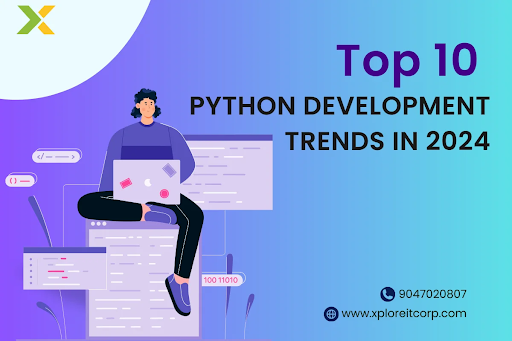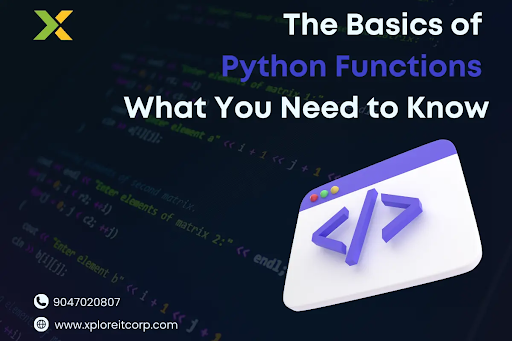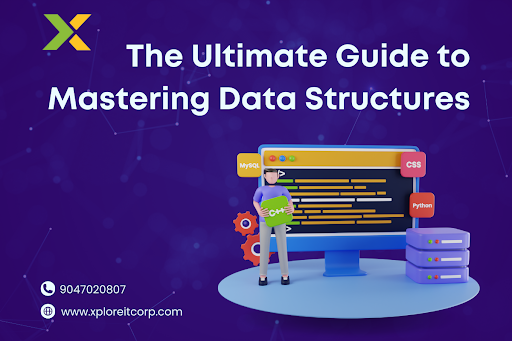Top 10 Python Development Trends in 2024
Top 10 python development trends in 2024:Looking to advance your career in technology? Python training in Coimbatore has become increasingly crucial as Python continues to dominate the programming landscape in 2024. Let’s explore the top 10 trends that are shaping Python development this year and understand why choosing the right software training institute in Coimbatore is essential for your career growth. 1. Artificial Intelligence and Machine Learning Integration Python remains the undisputed leader in AI and ML development, with frameworks like TensorFlow and PyTorch leading the charge. The demand for AI expertise has grown exponentially, making it essential to enroll in a reputable software training institute in Coimbatore to master these technologies. In 2024, we’re seeing: Organizations are increasingly looking for developers who can implement AI solutions, making it crucial to acquire these skills through comprehensive Python training programs. 2. Data Science and Analytics Evolution Python’s data science ecosystem continues to evolve rapidly in 2024. The best software training institute in Coimbatore offers specialized courses focusing on: Data science remains one of the highest-paying tech fields, with Python being the primary tool for data analysis and visualization. The growing demand for data scientists has made it essential for professionals to undergo structured Python training. 3. Web Development with Modern Frameworks The landscape of Python web development has transformed significantly. Leading the pack are frameworks like: As more organizations seek to establish their digital presence, the leading software training institute in Coimbatore offers comprehensive courses in these modern web frameworks. 4. Cloud Computing Integration Python’s role in cloud computing has expanded dramatically in 2024. Key developments include: Cloud expertise combined with Python skills has become indispensable, making it crucial to choose the right software training institute in Coimbatore for gaining these capabilities. 5. Internet of Things (IoT) Applications Python has become a cornerstone in IoT development, offering: The IoT sector’s growth has created numerous opportunities for Python developers with the right training and expertise. 6. Game Development and Graphics Python’s gaming ecosystem has matured significantly: The gaming industry’s growth has opened new avenues for Python developers who receive proper training and guidance. 7. Cybersecurity Applications Python’s role in cybersecurity has become more prominent: Cybersecurity expertise is in high demand, making it essential to enroll in a leading software training institute in Coimbatore for comprehensive training. 8. DevOps and Automation Python continues to dominate in DevOps: DevOps professionals with Python expertise are highly sought after in the current job market. 9. Extended Reality (XR) Development Python’s involvement in XR technologies is growing: The XR industry presents exciting opportunities for Python developers with proper training. 10. Quantum Computing Integration Python’s quantum computing capabilities are expanding: This emerging field requires specialized knowledge available through comprehensive Python training programs. Conclusion In 2024, Python continues to evolve and expand its capabilities across various domains. At Xplore IT Corp, we offer comprehensive Python training in Coimbatore that covers all these trending areas and more. Our expert instructors and industry-aligned curriculum ensure that you’re well-prepared for the challenges and opportunities in the Python development landscape. Whether you’re interested in AI, web development, or any other Python-related field, staying updated with these trends is crucial for your career growth. Join us at Xplore IT Corp to embark on your journey toward becoming a skilled Python developer.






